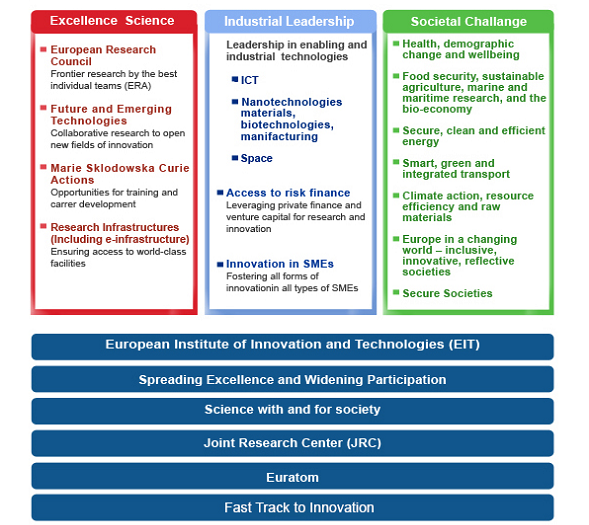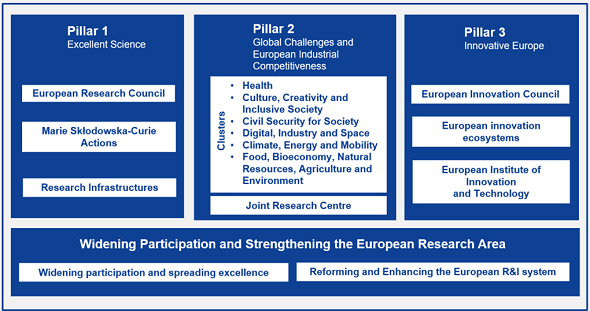
The European Framework Programmes for Research and Innovation (FPs) are the European Union's main instruments for implementing its research development and innovation policy. They fund research proposals ranging all the way from frontier science to market implementation of innovations.


In the practice, most of the time, a group of applicants introduce a proposal in response to a call of the European Commission. If the proposal is retained (i.e. put on the main list), it becomes a project, and the applicants are then termed participants. This gives rise to a signed grant agreement (SGA). It may however be the case that some proposals are not put on the main list in a first sate but then eventually become projects in a later stage; so the statistics on main-list projects and SGAs do not match perfectly.
Based on these definitions, three success rates are defined:
The FPs officially distinguish between 5 types of applicants/participants, defined as follows:
The "OTH" category include a large number of non-profit organizations. In specific the case of Belgium this means all PO boxes of international federations, confederations, etc. as well as some intergovernmental organizations, EEIGs etc. To take into account this "Brussels Effect" we tried to separate the OTH category into an OTH-INT (for international organizations) and OTH (for the remaining organizations) in the Belgian statistics.
Furthermore the FPs are broken down into large pillars, themselves broken down into clusters and topics. Each call and thus each application/participation belongs to one of these topics. The statistics presented here aggregate applications/participations by large pillar of the Programme.

